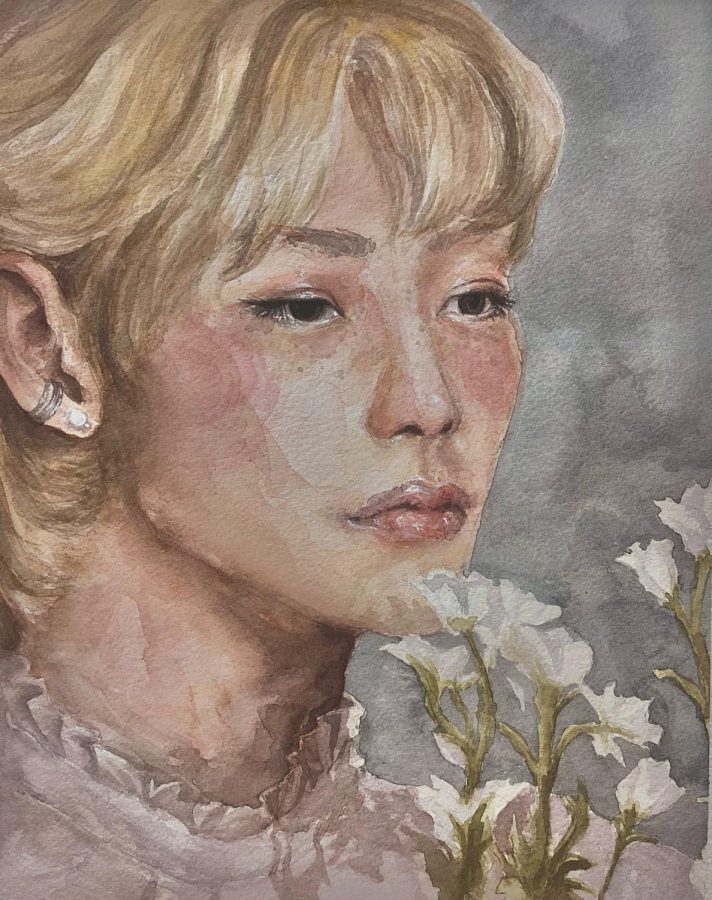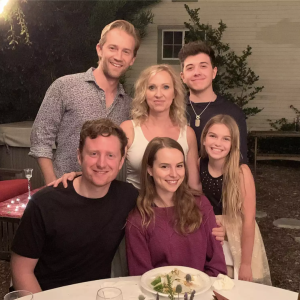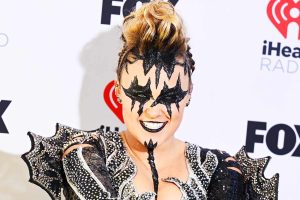Ava Roop, Class of 2023 Artist Feature
These watercolor paintings are some of Ava Roop’s untitled artworks. She uses different techniques to make her pieces more “loose and undefined.”
October 28, 2021
Full name and year of graduation:
Ava Roop, Class of 2023
What do you want to achieve with your work? Why do you like the process of creating art?
When I create pieces, I go for things that inspire me, like my music interests or my surroundings. I also go for surrealism or more nature based themes, if it’s not a portrait. I work mainly with watercolor, so I use a lot of lighter shades and pastels instead of darker colors.
The most important thing I want to achieve with my work is for personal growth and improvement in proportional drawings, style, and technique. I also really love evoking emotion in my audience.
I feel like my brain is very success-based, and I like to watch myself grow. Putting so much practice and time into my work and getting a successful result—that feeling is almost addicting. I find art healing. Whenever I’m having a rough day, I let my muscle memory take over so I don’t have to think about what I’m doing.
How did your passion for art begin?
I discovered that I was fairly decent at art when I was around 5 or 6 years old. I would go over to my friend’s house and have drawing contests. When I’d win or I thought mine looked better, I realized I really liked it, and I started pursuing it as a hobby, as well as adapting it into my personality. My family started acknowledging me as a skilled artist, and it pushed me to follow down that path. The more I resonated with art, the more I grew connected to it. It really became a part of me.
Is there a mentor or professional whose work has influenced you?
There’s not a specific person that influenced me. I grew up watching a lot of random watercolorists, animators, and cartoonists that used the art styles I liked. They all inspired me to develop my own art style!
What inspiration or meaning can you detail regarding the works you’ve shared with us?
I leave my works untitled. The pieces I’m sharing are the ones that best represent my art style. I used my same techniques, but I applied it to different subjects.
My first piece is a statue, and it’s a watercolor piece. As I’ve said before, my focus while creating art is usually to develop skills. In this case, I worked with becoming looser with watercolor—I didn’t want to define details to perfect realism. In the piece, you’ll see dry watermarks that aren’t realistic; it instead gives it a fabricated painting style. You’ll see how her head is broken off, but in the shadow below, you can see how it was once a living person. I wanted to emphasize feminine nature, so I wanted it to be calm, cooling, and not jarring to look at.
My second piece is a portrait, which is also a watercolor piece. It’s really similar to my first piece I shared, but this time, it’s a portraiture. There are water marks on the face, which help create texture, shadow, and skin through a looser style. There’s the same muted greens and florals, but I also focused on shadows too.
Where do you envision your art taking you in the future? What goals do you have as an artist?
In the future, I’d love to be an art therapist. In particular, I’d like to work with kids with mental disabilities. Art is often a way for kids to express their feelings without it being frustrating, and I’d want to help them when things get overwhelming. I currently have a job teaching kids art, so I’m getting the training I need to understand the psychology of children and how their minds work in an educational setting. When I go to college, I’d probably pursue psychology and art to prepare myself for an internship underneath a therapist. But above all, I want to push myself to be a better artist and understand more about it.







